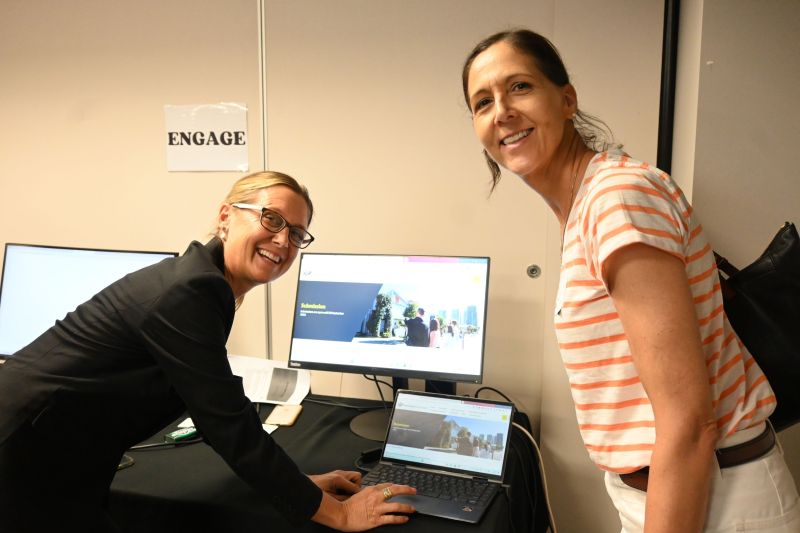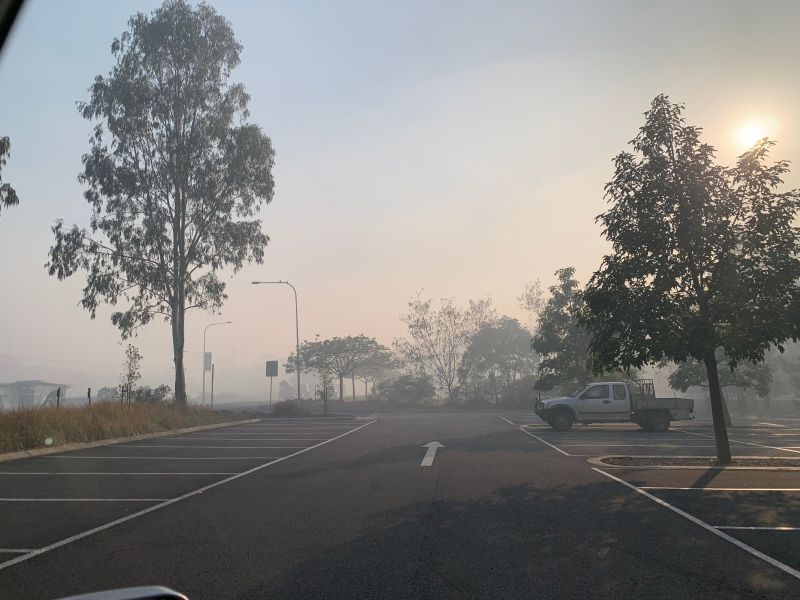What are the pros and cons of building trust with your communities?
Building and keeping trust between government projects and communities can be exhausting and resource intensive, but the payoff is worth it.
Achieving trust between your project, communities and stakeholders is the nirvana of community engagement projects. But building trust also puts you on a pathway of liability for ongoing conversation which can be resource intensive and exhausting.
Here’s a short list of the pros and cons of building and keeping trust we’ve learnt from doing more than 65 government comms and engagement projects in 5 years.
What would you add to the list?
1️⃣ Pro
When communities have trust in your project you often increase engagement participation and the quality of feedback, improving government decision making.
2️⃣ Pro
When communities have trust in your project reputation risks are lowered. Communities on social media are more likely to self- regulate with evidence-based information when faced with an issue / misunderstanding caused by project errors or rogue community members attempting to damage your project’s reputation for personal agenda gain.
3️⃣ Pro 3
When communities have trust in your project there is room for the project team and key stakeholders to discuss fresh ideas and innovative approaches in stakeholder workshops for solving and managing your project delivery.
1️⃣ Con 1
Creating trust between government and communities is a continuum – there is no clean beginning or defined end – so project key messages need to be carefully crafted to acknowledge legacy issues and provide a vision for a different outcome in the future.
2️⃣ Con 2
Maintaining trust is labour intensive and needs a planned communications approach. If you’ve neglected promised milestones of communication in the past, you will need to face and repair these errors before you can continue to build trust and ask your communities for feedback in the future.
3️⃣ Con 3
Building and maintaining trust can be boring for project staff and needs routine maintenance through regular communications, monitoring and responding to queries, issues, and confusion. Yet if these routine communications are missed, trust quickly erodes.
💡 Do a quick trust check on your government engagement project:
✔️ Do we have a regular project communications maintenance plan in place. Are we doing it?
✔️ Where are we in our conversation with our communities? Have we stuck to our milestone dates to get back to them with answers and outcomes?
✔️ Do we have legacy issues unaddressed in our project? Can we create some key messages to repair these issues with the community in future?













